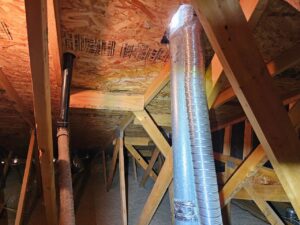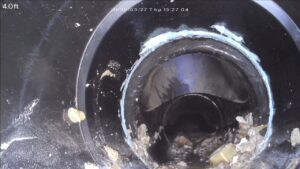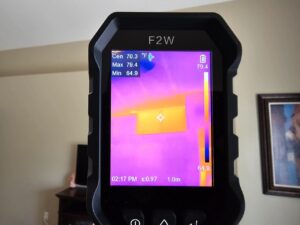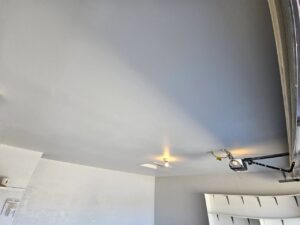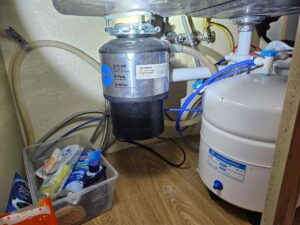If you’re a homeowner, you know how important it is to protect your investment, especially when it’s vacant. One of the most common and costly mistakes homeowners make is neglecting to check for water damage. Overwatering can lead to a plethora of issues, from structural damage to mold growth, and can quickly turn your vacant home into a money pit.
In this video, we’ll explore the devastating effects of overwatering on your vacant property and provide you with valuable tips on how to prevent moisture control issues.

The Domino Effect of Overwatering
By understanding the risks and taking proactive measures, you can save yourself from costly repairs and ensure your home remains safe and secure, even when you’re not there. Protect your vacant home from the dangers of overwatering and learn how to maintain its value for years to come.
Vacant homes often fall prey to unnoticed issues that gradually lead to severe damage. Among the most deceptive and destructive of these is overwatering, especially in landscaped areas. This article explores how excessive irrigation affects vacant properties, drawing insights from a detailed home inspection walkthrough.
Overwatering doesn’t just waste water; it destabilizes the foundation of a home. When soil becomes saturated, it expands and contracts with changing moisture levels, leading to settlement issues. In the case examined, overwatered lawns and flower beds caused water to seep into patios and walkways, cracking the concrete and creating hazardous trip zones. Columns with wood cores absorbed moisture, posing risks of rot and termite infestation.
Settlement and Drainage Failures
Improper drainage was evident throughout the property. Walkways were lifted by tree roots and moved by shifting soil. Driveway and entry paths showed cracks and uneven surfaces. These issues, often triggered or worsened by overwatering, compromise safety and require costly repairs.
Roof Vulnerabilities
The inspection revealed that aged roof underlayment had begun peeling and curling, leaving ridge boards exposed to the elements. Inadequate shingle coverage further jeopardized the roof’s integrity. These weaknesses can be linked to neglected maintenance and increased moisture levels.
Internal Red Flags
Inside the home, signs of foundational movement were evident in tile and grout cracks. A lack of proper venting and insulation around HVAC ducts led to heat transfer inefficiencies and potential condensation problems. The inspector also noted faulty vent routing, where dryer and laundry exhaust shared a path, increasing fire and moisture risks.
Plumbing and Electrical Concerns
Corroded angle stops and outdated GFCI outlets posed electrical and plumbing hazards. While water damage under sinks seemed old and dry, it underlined the need for proper sealing and monitoring. These issues, if ignored, can spiral into more severe damage.
Attic Observations and Fire Hazards
Insulation blocked soffit vents, reducing attic ventilation. Dryer ducts lay loose over insulation, compounding HVAC inefficiencies. Unclean and deteriorating bathroom vents were also flagged as fire hazards.
Sewer and Toilet Diagnostics
A clean sewer line was confirmed via camera inspection, but access was limited by pipe design. Toilets and sinks had aged components, increasing the risk of leaks and continuous water flow. The presence of a 1998 original toilet and rusted anchor bolts pointed to overdue updates.
Termite Risk from Excess Moisture
Termites thrive in moist environments. Excessive watering near the home’s foundation sets the stage for infestation. Without adjustments to irrigation systems and better landscaping practices, the structural safety of the house remains at risk.
Final Thoughts
This inspection underscores the importance of routine maintenance and mindful irrigation. Vacant homes need regular checks to prevent water-related deterioration, especially in climates where landscaping demands frequent watering. Overwatering isn’t just bad for plants—it’s a gateway to costly, long-term damage.
Homeowners and buyers alike should heed these lessons to protect their properties. Whether it’s upgrading underlayment, adjusting sprinkler systems, or ensuring proper ventilation, small proactive steps can prevent big problems down the line.
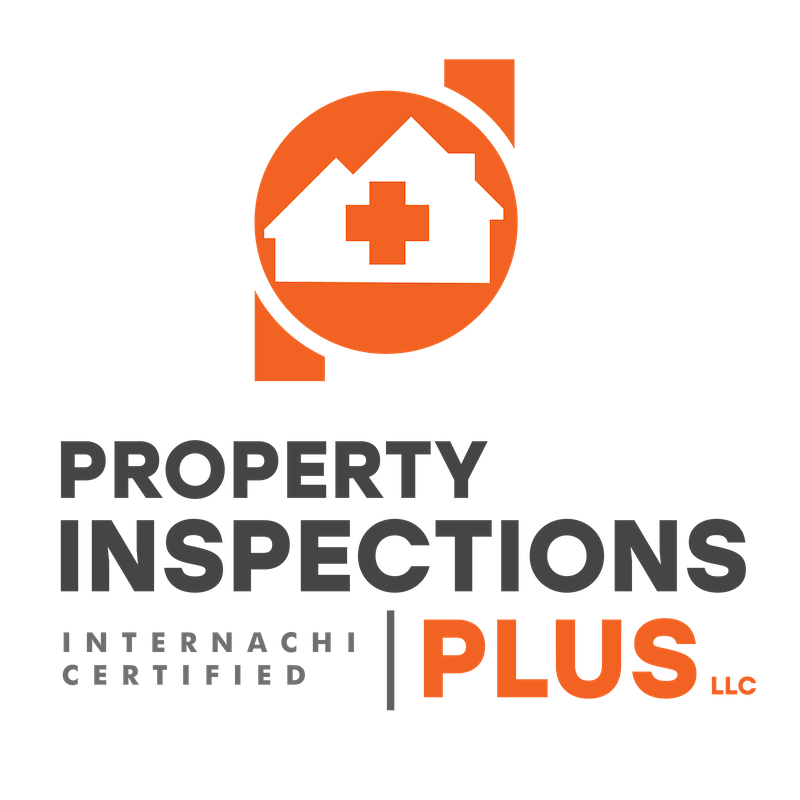
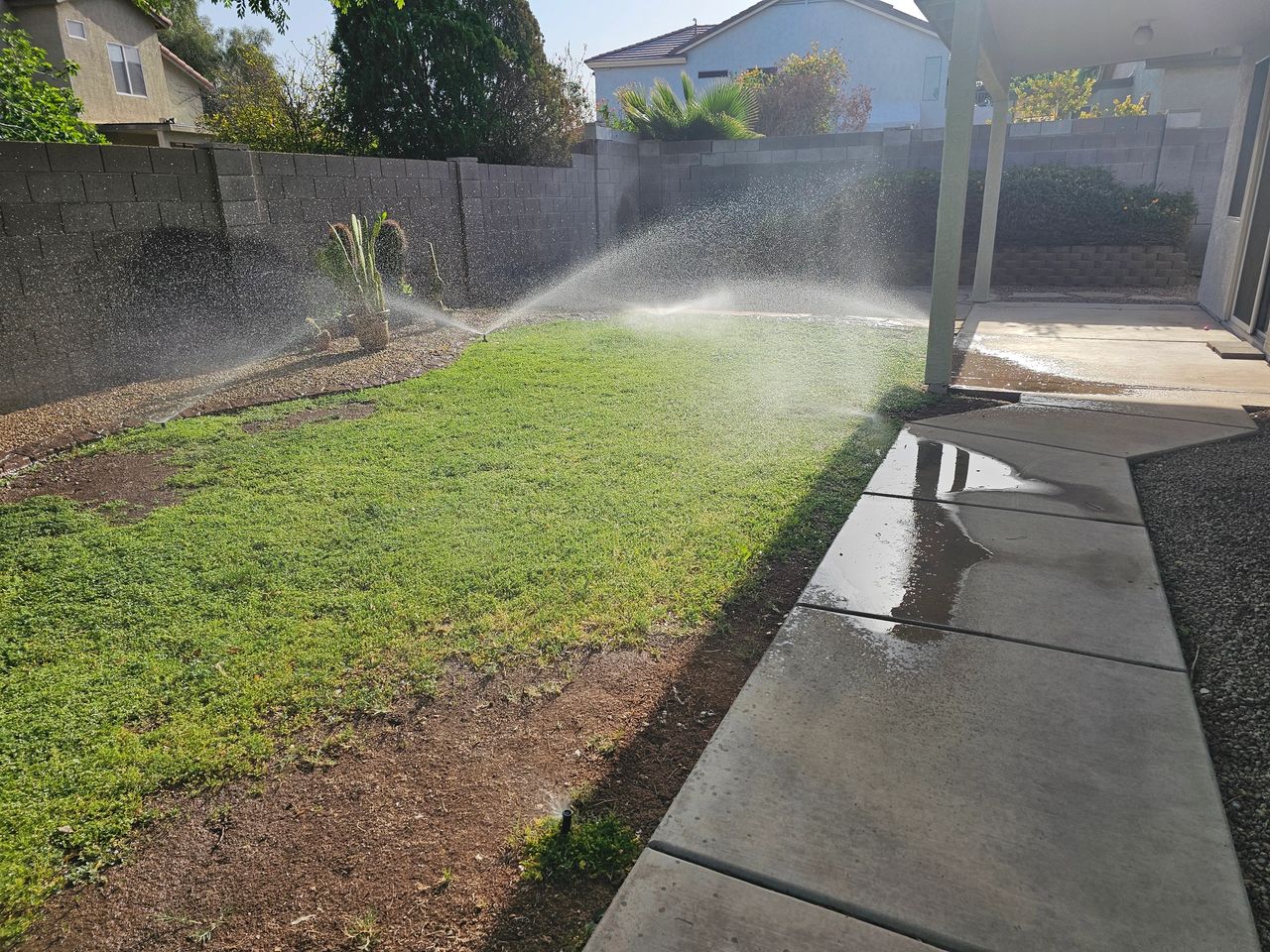
 Hi, I’m Home Inspector Dan — owner of Property Inspections Plus and a
Hi, I’m Home Inspector Dan — owner of Property Inspections Plus and a 